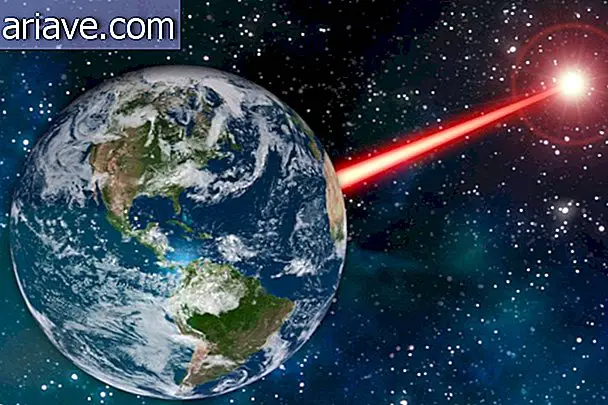Myth or truth: stones suggest coexistence between humans and dinosaurs
Have you heard of Ica Stones? If you have never heard of these famous - and controversial - artifacts, this is a vast collection of supposedly millenary stones found in the Ica region of Peru. They depict humans performing surgeries and transplants, advanced technology objects, maps, and even people alongside various species of dinosaurs, suggesting coexistence between men and these creatures.
The designs on the stones would have been handmade by members of a mysterious ancient civilization that obviously had advanced scientific and technological knowledge. However, the origin of artifacts has always been surrounded by much controversy.
Discovery

The Ica Stones were discovered in 1960, after a river diversion, and who reported the existence of these objects was a Peruvian doctor named Javier Cabrera, who devoted his life to studying the inscriptions on them. According to the doctor, the figures were created by an alien civilization - the glyptolytic men - who would have come to earth when dinosaurs still inhabited our planet.
According to Cabrera, these beings would have come here millions of years ago to create modern man genetically, leaving forever after completing their mission. However, as stones do not contain any organic material, it is impossible to perform dating tests using the Carbon-14 technique to determine their “age”.
Moreover, as the exact locations in which the stones were found were never revealed, it is impossible to determine their age based on the study of their geological strata.
Skepticism

In total, there are about 15, 000 of these weirdly inscribed stones, and opinions split when it comes to determining whether the artifacts are a scam or not. After conducting several studies, the scientific community has shown that the Ica Stones are just a big lie, a hypothesis that was reinforced after the arrest of a man named Basilio Uchuya, who confessed to making the drawings with a dentist's drill.
Similar stones are now sold as souvenirs to tourists visiting the region, so it is quite common to see numerous artisans working with the pieces. If you are ever visiting Peru and decide to check out these famous artifacts, the largest current collection is on display in Ica's Plaza de Armas. And you reader, had you heard of these stones? Do you know any different theory about its origin?










